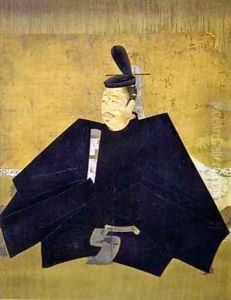Takanobu Fujiwara Paintings
Takanobu Fujiwara was a prominent Japanese painter of the late Heian and early Kamakura periods. He was born in 1142 into the illustrious Fujiwara clan, which played a significant role in the politics and culture of Japan during that era. The Fujiwara family was not only powerful in the imperial court but also contributed greatly to the arts and culture of the time. Takanobu is especially known for his contributions to the field of portraiture.
Takanobu's work is characterized by its detailed and realistic representation of its subjects, often high-ranking officials and courtiers. His portraits are noted for their sophisticated use of line and color, as well as their psychological depth. He is credited with creating the 'nise-e' ('likeness painting') style, which sought to capture the personality and essence of the person being depicted, rather than adhere strictly to stylistic conventions or idealized representations.
Unfortunately, much of Takanobu's work has not survived to the present day, and his life and career are not extensively documented. However, his influence on the development of Japanese portraiture is well-recognized, and his style continued to be influential for several generations. His sons, Korenobu and Motonobu, continued his artistic legacy, with Motonobu in particular achieving fame as the founder of the Kano school of painting, which dominated Japanese art for many centuries.
Takanobu Fujiwara passed away in 1205. Despite the limited number of surviving works attributed to him, his impact on the art of portraiture and the continuation of his stylistic lineage through his descendants solidify his place as a significant figure in the history of Japanese art.
